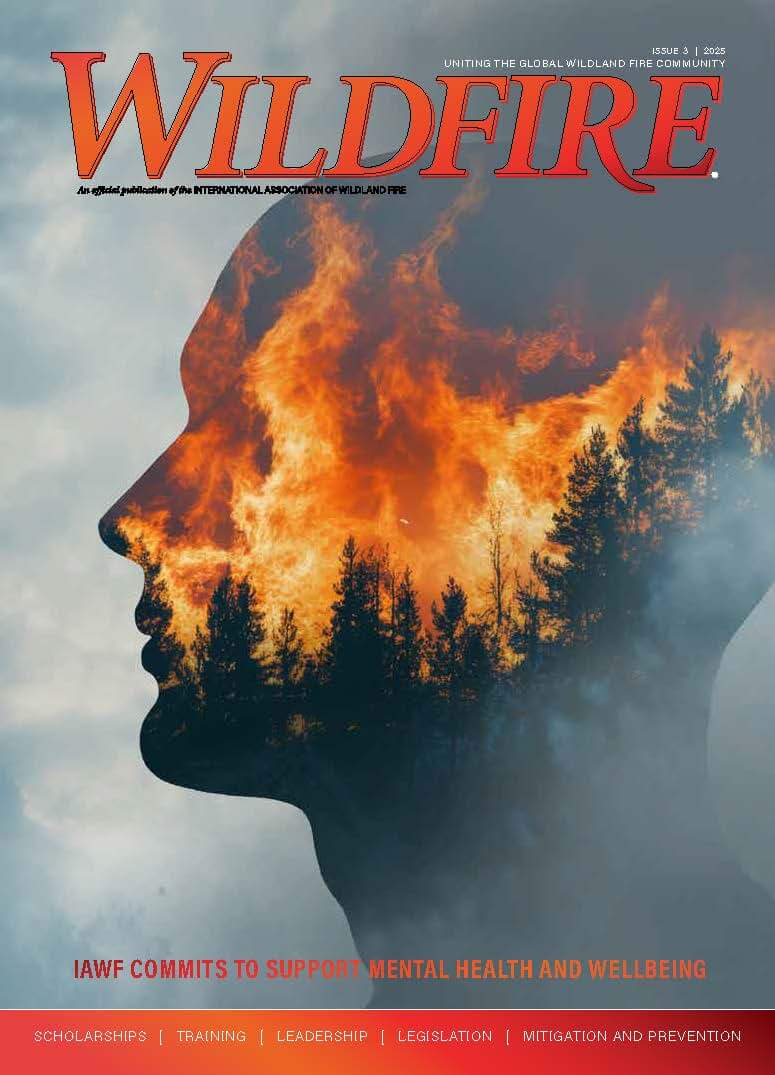POLITICS
BY RON STEFFENS
I came home from supporting the Hurricane Helene recovery in western North Carolina and a simple dash of cinnamon in my coffee set my throat burning. I attributed this to long hours of exposure in a vastly damaged place: trees and homes uprooted; roadways and lifelines slumped; soil and water systems toxified.
Once home, I drank water from working taps, sat in dry chairs under a roof, remembered how lucky we are to spend holidays with family and friends. My throat got better – a bit of personal healing that reminded me of the deep recovery faced by too many neighbors and communities.
Enter 2025, and ignitions amid the worst fire winds – think about Calf Canyon / Hermits Peak in New Mexico in 2022, the Marshall fire in Colorado in 2021, the Camp fire burning through Paradise, California, in 2018 – and again we are sharing, from the disaster’s edge to audiences everywhere, the flames, evacuations and fire fight.
In the Palisades fire, as was the case in the Paradise fire and Hurricane Helene, I was a degree or two separated from those who lost homes.
Flood, wind, fire. These are the threads of disaster that we wear, as citizens and in our professions as emergency responders. But these natural physical factors (so clearly augmented by climate change) are now joined by human figures who use and even create disasters as tools in their political gamesmanship.
Fire fighting is engaging, challenging to mental and physical fitness, but it’s not a game. I know this work as one of thousands of federal seasonal firefighters yet for weeks we were uncertain if our fireline positions would exist this summer. While it seems seasonals may be hired, we don’t know who among our permanent colleagues has been terminated. Though it’s clear there will be smoke and fires, the proverbial smoke-filled rooms of politics have needlessly and dangerously mucked up our professional staffing. We’re asking, who will work our fire-and-fuel challenges?
Amid the vitriol and manufactured chaos are proponents of functional change – think of the bipartisan initiatives for a unified (and potentially rejuvenated) National Wildland Firefighting Service — but even these initiatives aren’t yet including our fire-ground expertise.
Whether we’re responders or survivors, we build hope when we’re motivated not by the game but by the urgent need to work together and build upon our adaptable and robust systems. Such emergency systems require institutions we can trust, including the U.S. federal government.
Amid crazy-fast fires it’s more challenging to follow our safety mantra: keep one foot in the black. Yet this mantra may also guide us in the current political maelstrom. We can wear the whole cloth of disaster like PPE and stay close to the polarizing flood –wait for the crest and then be ready to help our institutions, communities and colleagues by getting back to work. To make order out of chaos, we will do as we always do: lead those on our crews and lead up, with experience and expertise. Remember the fire order that is restated at every dawn briefing: to “Fight fire aggressively, having provided for safety first.”
But first, we need to be hired.

